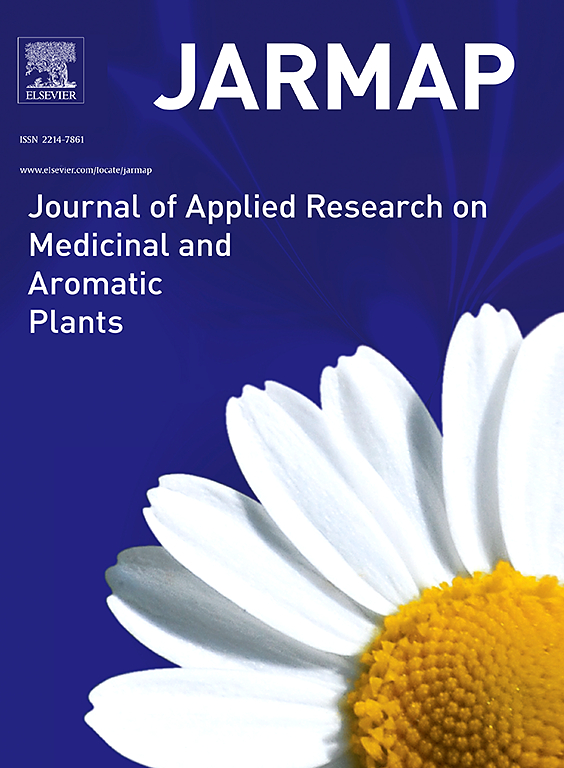Rapid identification of Fritillaria spp. using multi-wavebands spectroscopy and multi-source data fusion strategies
IF 3.6
2区 农林科学
Q1 PLANT SCIENCES
Journal of Applied Research on Medicinal and Aromatic Plants
Pub Date : 2025-04-01
DOI:10.1016/j.jarmap.2025.100636
引用次数: 0
Abstract
Fritillaria spp., a kind of typical medicine food homology plant, is in growing demand for rapid identification due to its diverse types. This study aims to utilize the mid-infrared (MIR) and ultraviolet-visible-near infrared (UV–VIS–NIR) spectroscopy for the first time to identify Fritillaria spp. Two machine learning techniques of random forest (RF) and support vector machine (SVM) are employed to establish classification models based on spectral data from various Fritillaria spp. Data fusion strategies including low-level, mid-level and high-level fusions are applied to combinate MIR and UV–VIS–NIR data. The result indicates that data fusion improved the classification of Fritillaria spp. compared to using individual spectral data. The RF classifier showed superior performance over the SVM model. The high-level data fusion model achieved the highest prediction accuracy of 93.31 %. This study demonstrates that integrating MIR and UV–VIS–NIR spectroscopy with data fusion techniques offers a feasible, non-destructive, and rapid approach for classifying Fritillaria spp., highlighting the potential for the identifying related medicinal food homology products.
利用多波段光谱和多源数据融合技术快速鉴定贝母
贝母是一种典型的药食同源植物,其种类繁多,对快速鉴定的需求日益增长。本研究首次利用中红外光谱(MIR)和紫外-可见-近红外光谱(UV-VIS-NIR)对贝母进行分类,采用随机森林(RF)和支持向量机(SVM)两种机器学习技术建立贝母光谱数据分类模型,采用低水平、中水平和高水平融合策略对MIR和紫外-可见-近红外数据进行融合。结果表明,与使用单个光谱数据相比,数据融合提高了贝母的分类精度。RF分类器表现出优于SVM模型的性能。高阶数据融合模型预测精度最高,达到93.31 %。该研究表明,将MIR和UV-VIS-NIR光谱技术与数据融合技术相结合,为贝母分类提供了一种可行的、无损的、快速的方法,突出了鉴定相关药用食品同源产品的潜力。
本文章由计算机程序翻译,如有差异,请以英文原文为准。
求助全文
约1分钟内获得全文
求助全文
来源期刊

Journal of Applied Research on Medicinal and Aromatic Plants
Pharmacology, Toxicology and Pharmaceutics-Drug Discovery
CiteScore
6.40
自引率
7.70%
发文量
80
审稿时长
41 days
期刊介绍:
JARMAP is a peer reviewed and multidisciplinary communication platform, covering all aspects of the raw material supply chain of medicinal and aromatic plants. JARMAP aims to improve production of tailor made commodities by addressing the various requirements of manufacturers of herbal medicines, herbal teas, seasoning herbs, food and feed supplements and cosmetics. JARMAP covers research on genetic resources, breeding, wild-collection, domestication, propagation, cultivation, phytopathology and plant protection, mechanization, conservation, processing, quality assurance, analytics and economics. JARMAP publishes reviews, original research articles and short communications related to research.
 求助内容:
求助内容: 应助结果提醒方式:
应助结果提醒方式:


